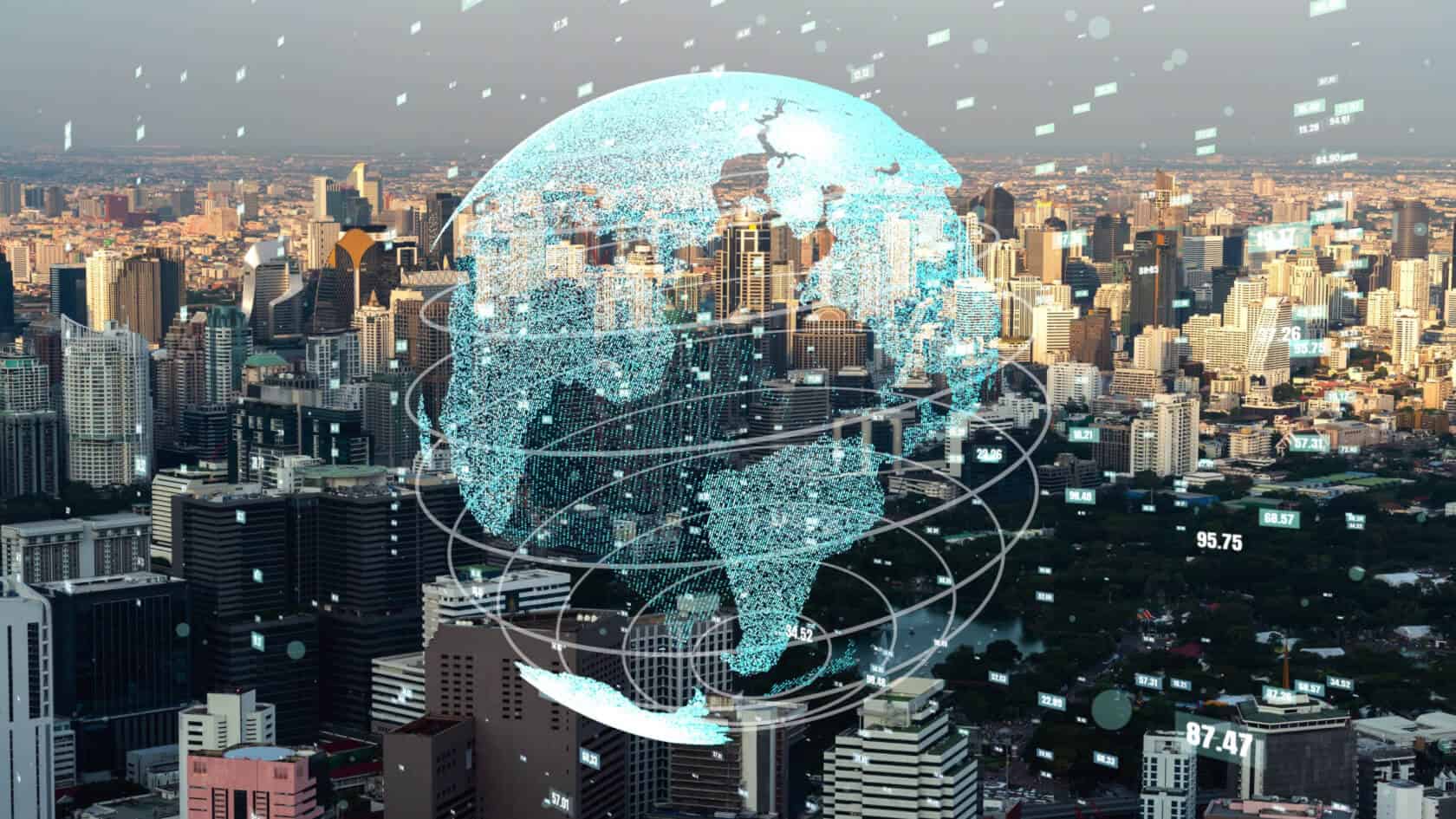In the 21st century, people prefer everything to be simpler, smarter, and more accessible. We would love it if our devices accomplished more with less effort on our part. This is the type of life the previous generations could only imagine. However, it has become a reality for the present and coming generations. The Internet of Things (IoT) is just the life hack we can all get psyched about.
One of the greatest minds of all time, Nikola Tesla, while conducting his impressive wireless transmission experiments in the early 1920s, forecasted that “When wireless is perfectly applied, the whole earth will be converted into a huge brain, which in fact it is, all things being particles of a real and rhythmic whole. We shall be able to communicate with one another instantly, irrespective of distance.” What Tesla predicted may have seemed like science fiction to his generation, but it is absolutely sensible today.
Communication Among Devices
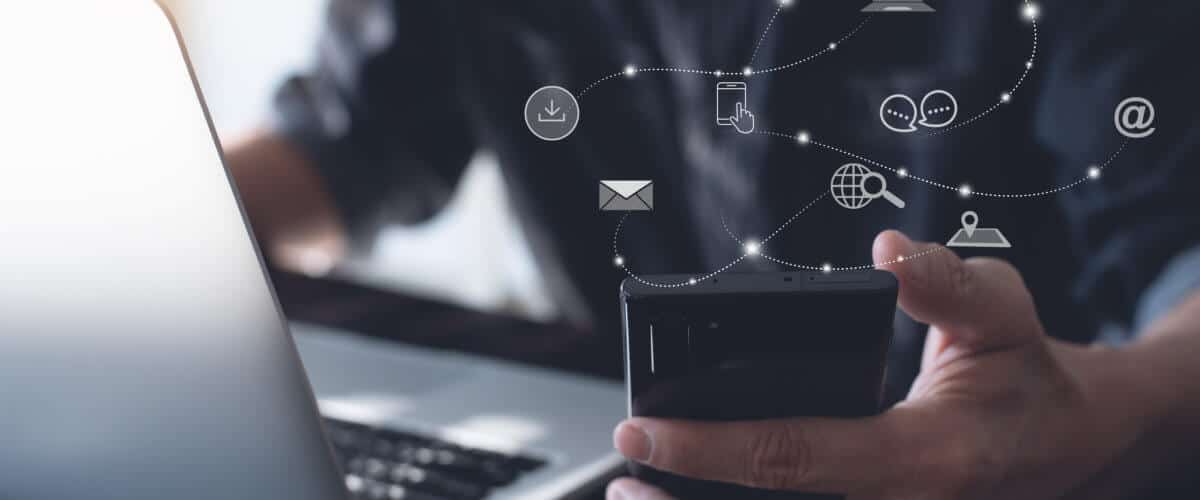
Just as technology has made it easy to connect people from all over the globe, it has also made it simple for machines to connect and collaborate with one another for specific tasks. The Internet of Things (IoT) is merely causing a shift in the way machines serve people. It is bringing about a world in which machines accomplish their designated tasks without the need for manual orders from humans. A world in which machines communicate with one another using remote commands will be the inevitable fate of the future.
In its most basic form, IoT is the interconnection of all devices. It is a massive network of devices that are all connected to the internet and have built-in intelligence. The IoT uses Artificial Intelligence (AI) algorithms to make decisions on behalf of the devices. These intelligence features enable devices to be actively engaged at all times. For that matter, IoT offers a wide range of applications in several services, which include: the health sector, industrial operations, smart architecture, smart vehicles, transportation sector, smart agriculture, retail management, supply chain management, smart energy, security, surveillance, and many more.
According to the 2021 reports by Mckinsey & Company, the IoT could enable a global value of $5.5 trillion to $12.6 trillion by 2030, including the value acquired by consumers and users of IoT products and services. The report also showed that China is becoming a worldwide IoT force, not only as a manufacturing base and tech supplier but also as an end market for value generation. As a result, by 2030, China could generate approximately 26% of the total global value from IoT, which is equivalent to the combined potential of all emerging markets.
How Does IoT Operate?
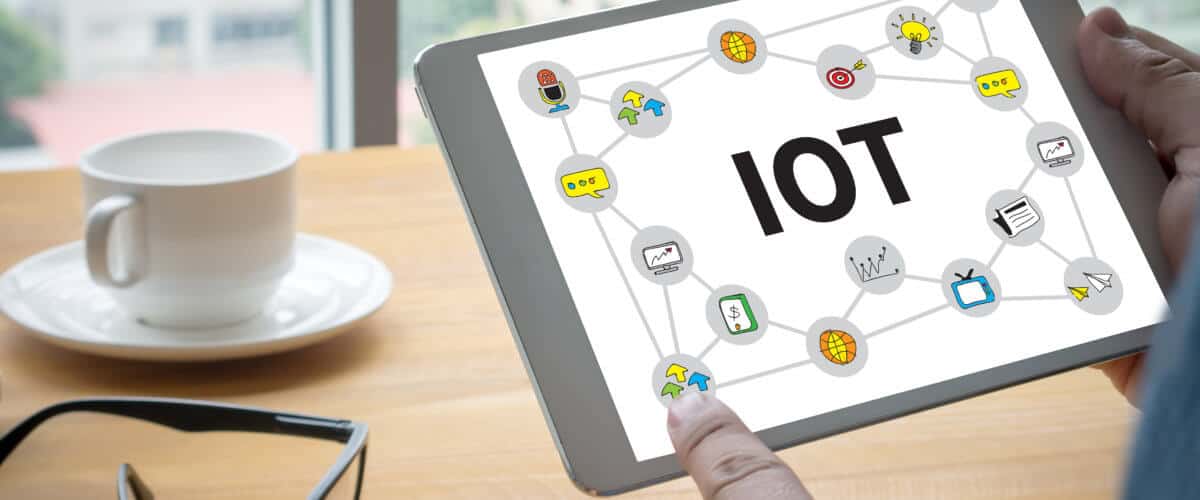
These days, all of the smart devices around us are equipped with sensors. Smartphones, smart wearables, electrical appliances, surveillance cameras, security devices, smart cars, traffic lights, smart home systems, and other IoT devices use their built-in sensors to carry out their tasks. These sensors enable devices to collect and share information about the environment they operate in, the changes in their environment, as well as any operational threats, along with measures to be taken.
The IoT provides a standard platform for all devices to discharge their data. On top of that, it also provides a universal language via which all devices can communicate with each other. Data collected from a variety of sensors is transferred to cloud storage. The IoT platform integrates the data acquired from multiple sources of devices. Subsequently, the data is subjected to more in-depth analysis, and key information is extracted as needed. Finally, the information is shared with other devices in order to improve the user experience, automate processes, and boost productivity.
Possible Challenges
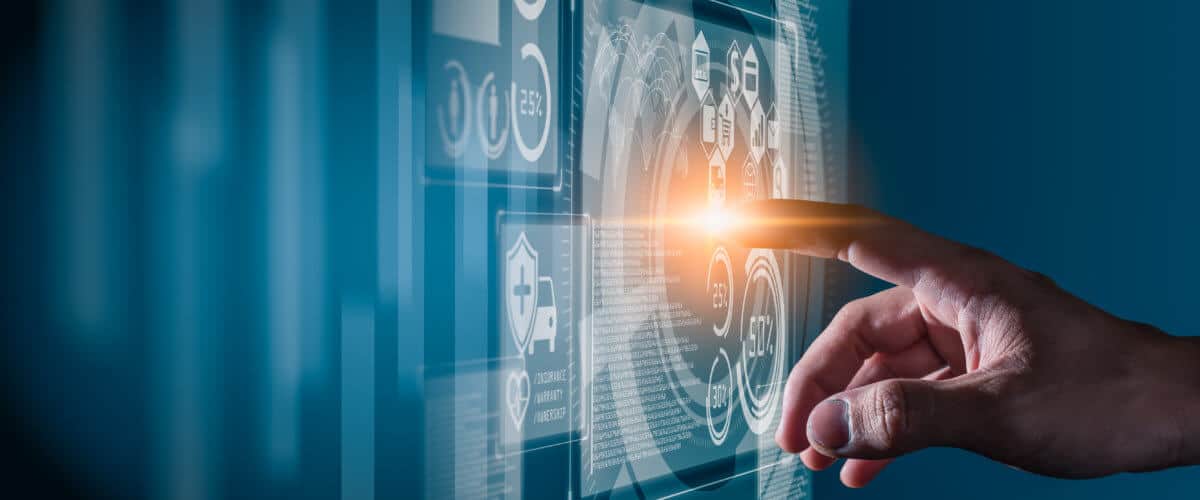
A report published back in 2017 by the National Institute of Standards and Technology (NIST), emphasized that the danger to data security and privacy is increasing exponentially with an unprecedented surge in the deployment of smart IoT products. The limited computation power and insufficient resources of most IoT devices are one of the major issues in IoT technology.
In view of the fact that the Internet is the most common source of security threats and cyber-attacks, it has created numerous channels for hackers to make IoT operations insecure. Data and cyber technology stakeholders however have severally announced that they are committed to providing the best possible solutions to deal with information security concerns.
The innovative advancements associated with IoT have pleased users in a multitude of applications. However, there are still some challenges that need to be addressed to realize the full potential of IoT. According to experts, a considerable challenge comes from the way of gathering the right data, storing a huge amount of data, communicating it with devices, and most importantly, making sense of all the significant issues.
In 2020, a research journal from Macquarie University, Australia, suggested that the large volume of data streaming from IoT devices must be effectively stored and analyzed in order to make real-time decisions. The study also highlighted that deep learning is very essential to deal with such an enormous amount of data and can produce high accuracy. As a result, combining IoT, Big Data Analytics, and Deep learning is critical for the development of a high-tech society.
Reshaping Our Lifestyle
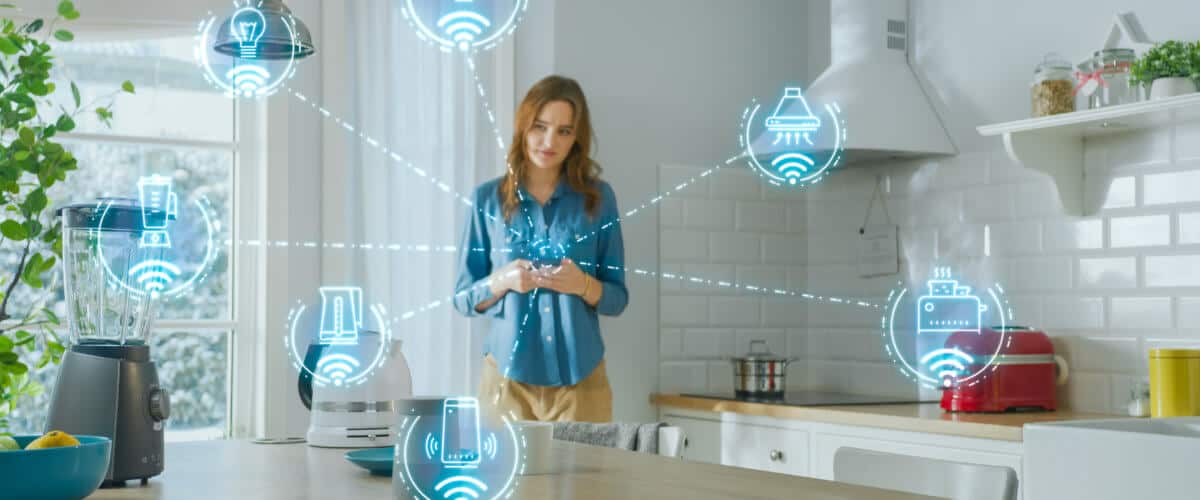
The IoT is already redefining our lifestyles by influencing our behaviors, patterns of activities, and the way we react to the world around us. With the increased involvement of IoT devices and technology, we are witnessing a significant change in our everyday routine. The IoT is rapidly reshaping the way we engage with technology.
IoT developers and researchers are collaborating to bring the technology to a wider audience and to help society as much as possible. Machine learning, cloud computing, and AI are all being integrated into the IoT at an exponential rate. The future will continue to expand with more and more IOT engagement and fewer and fewer burdens to deal with our devices. Let’s brace ourselves, a new tech society that is entirely dependent on IoT devices is mushrooming.
Photo: Blue Planet Studio/shutterstock
You might also like:
Support us!
All your donations will be used to pay the magazine’s journalists and to support the ongoing costs of maintaining the site.
Share this post
Interested in co-operating with us?
We are open to co-operation from writers and businesses alike. You can reach us on our email at [email protected]/[email protected] and we will get back to you as quick as we can.
